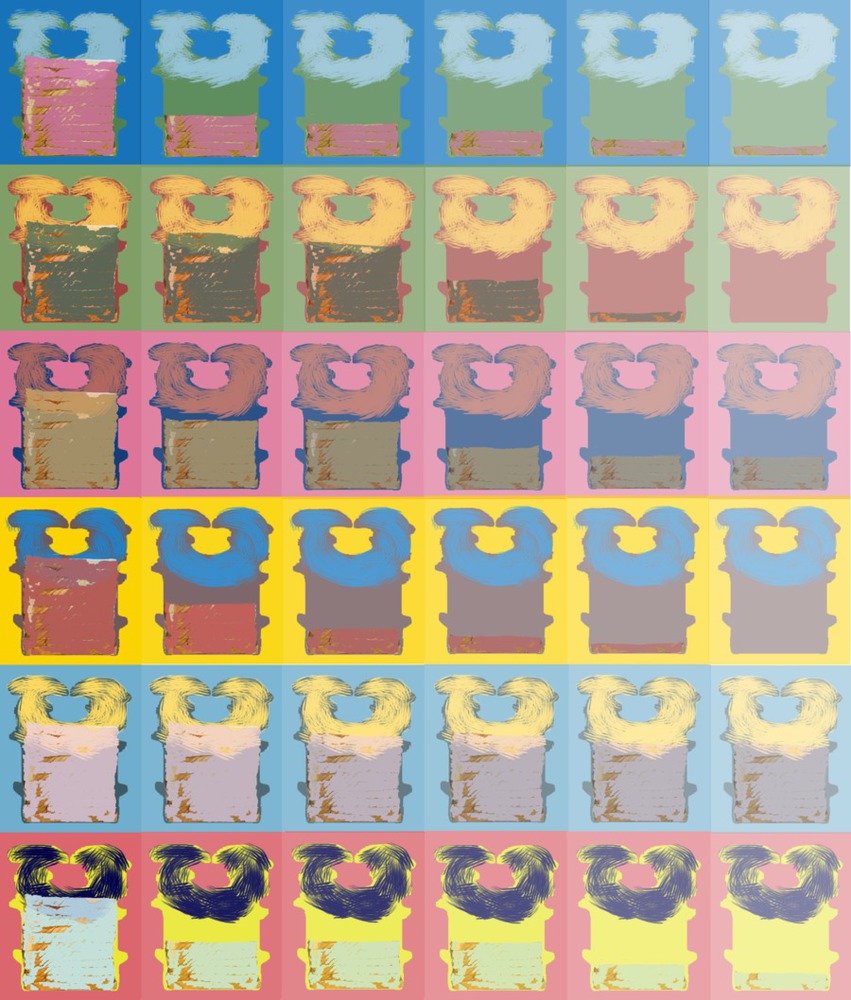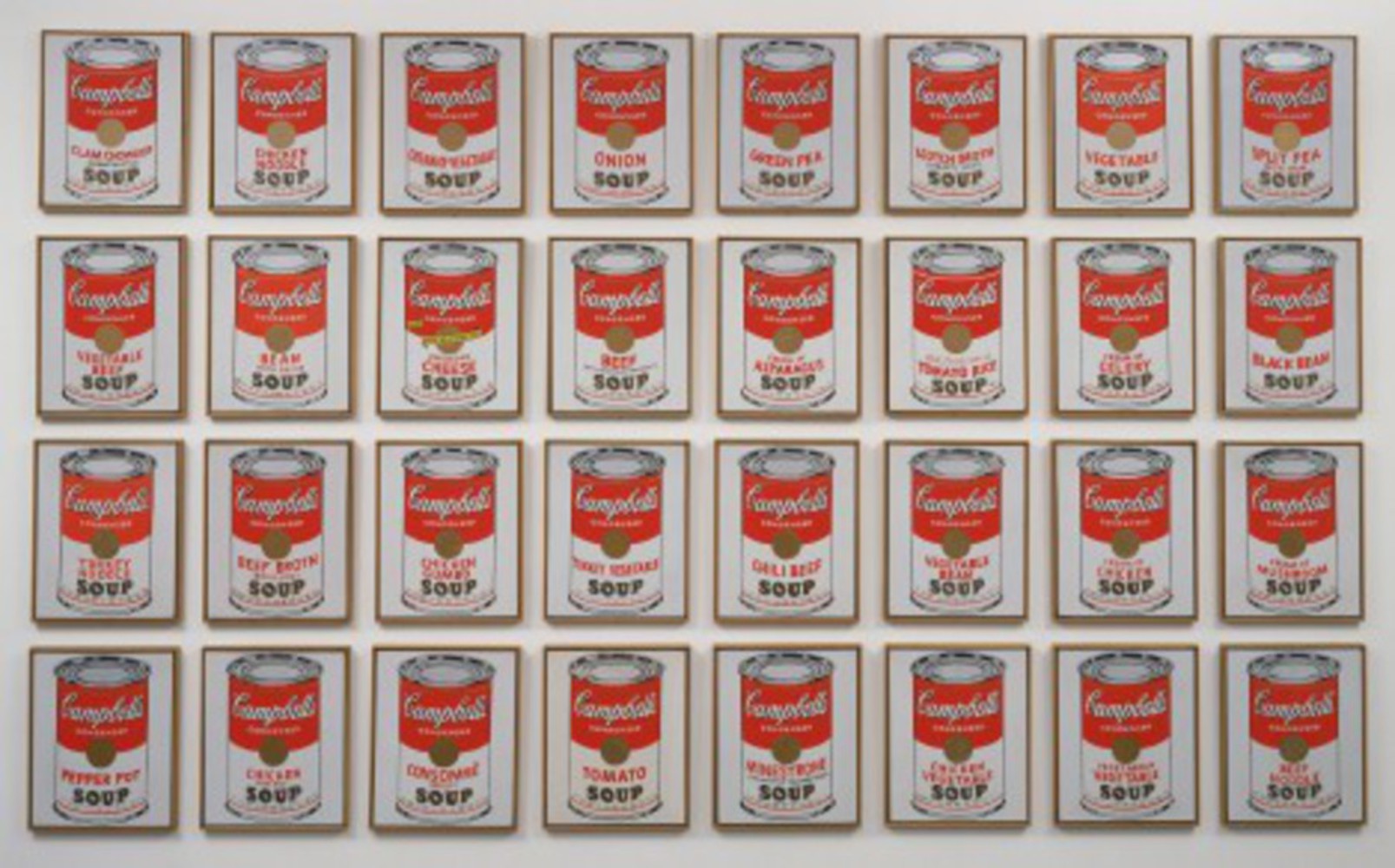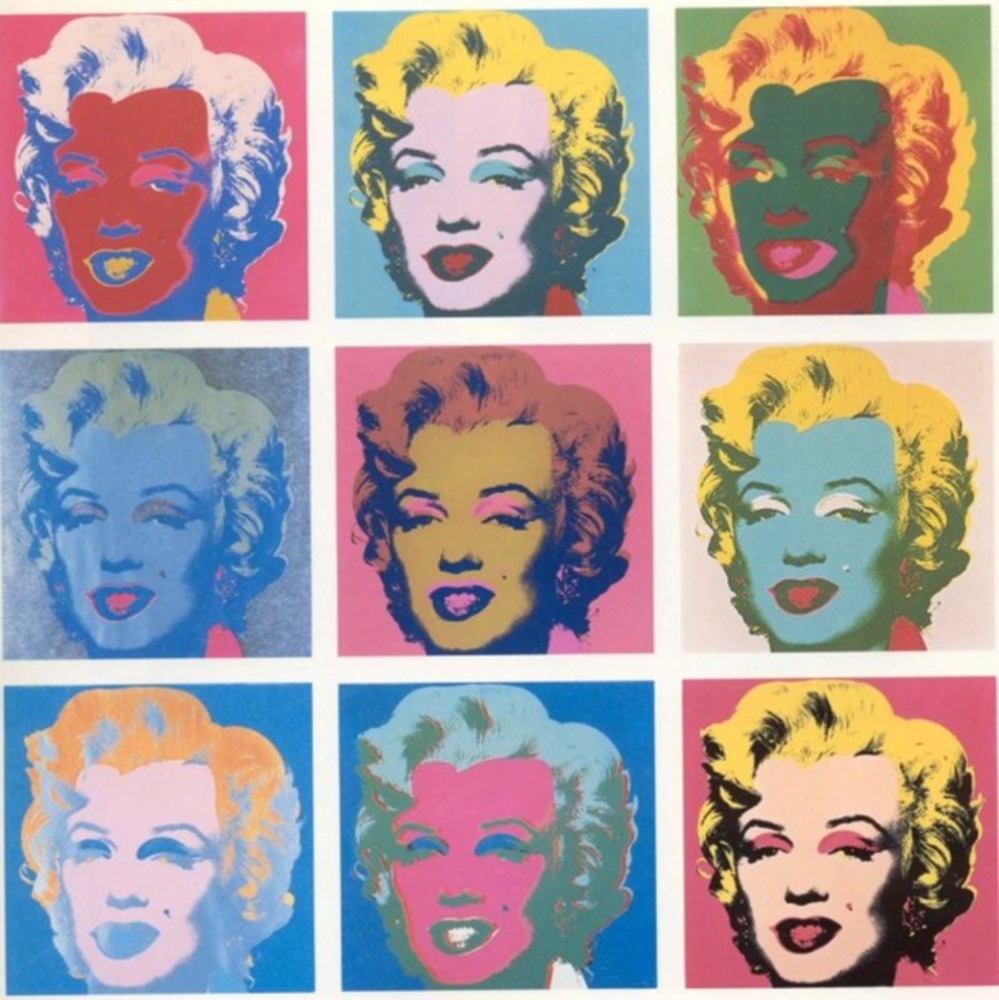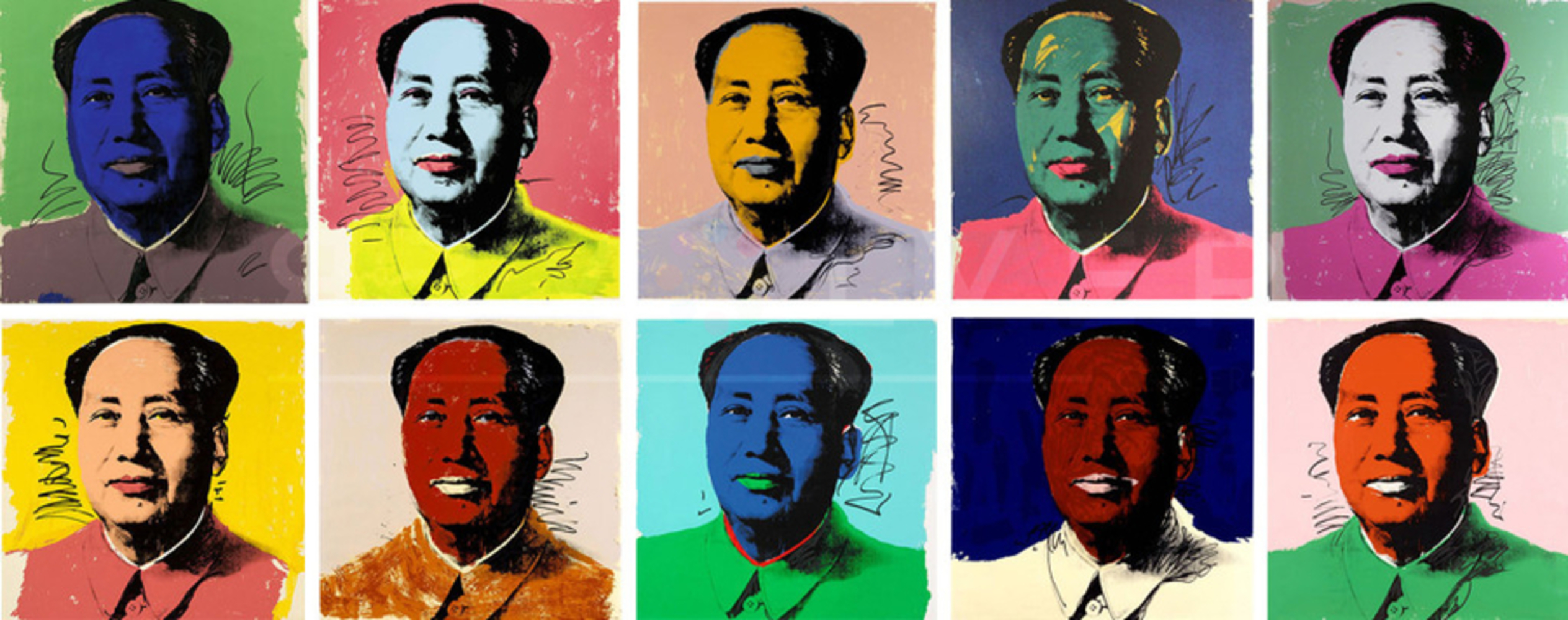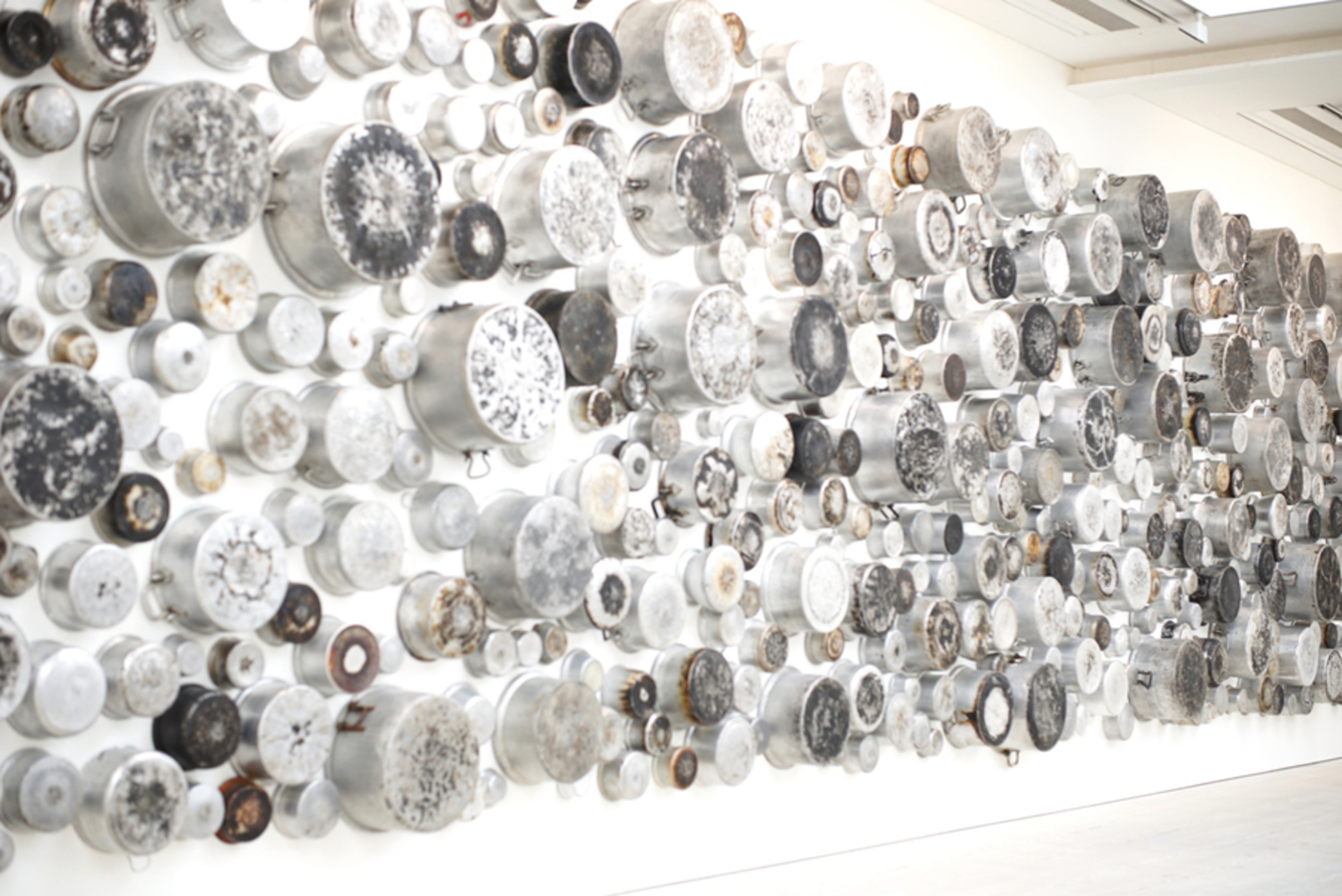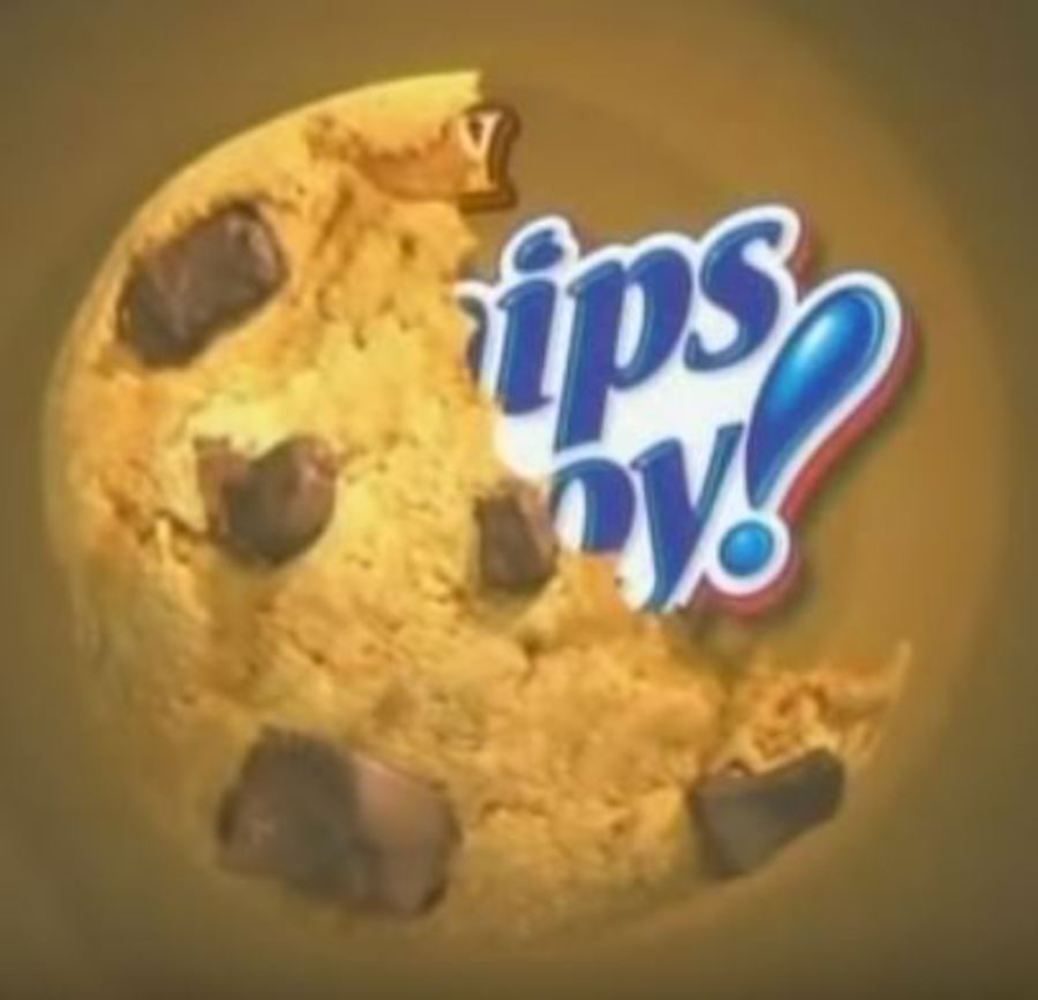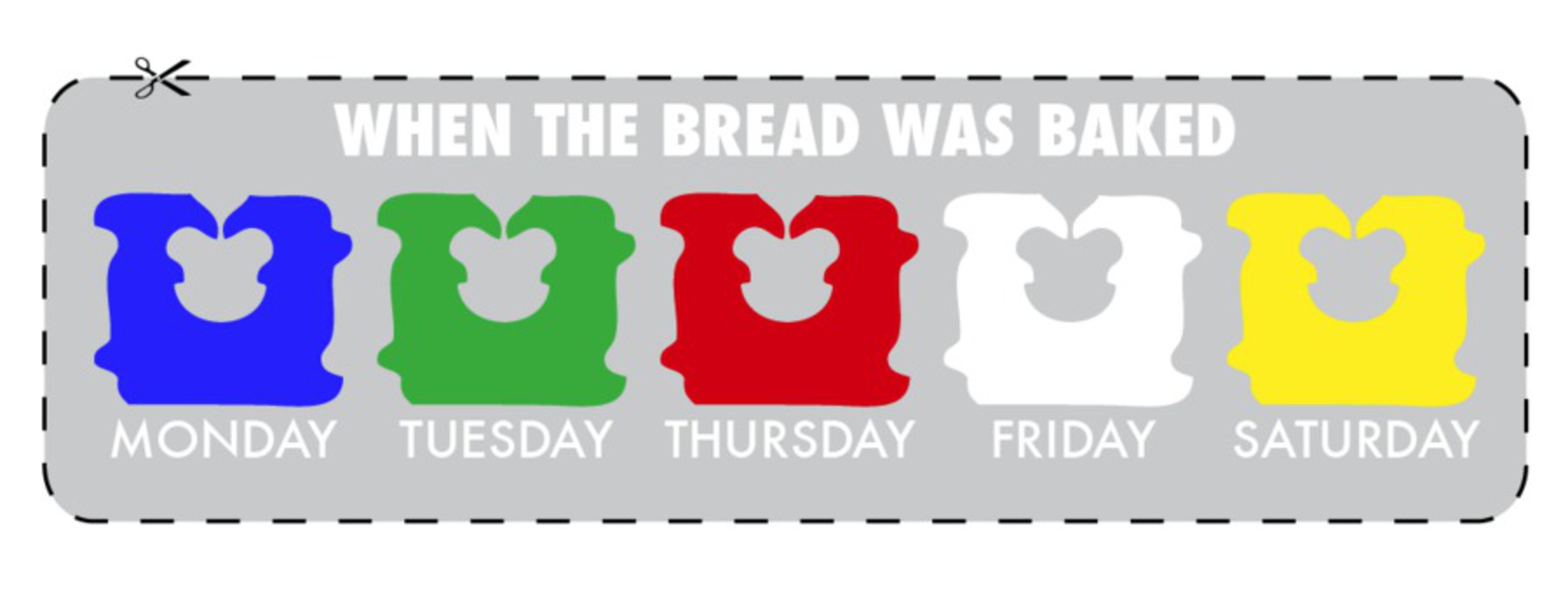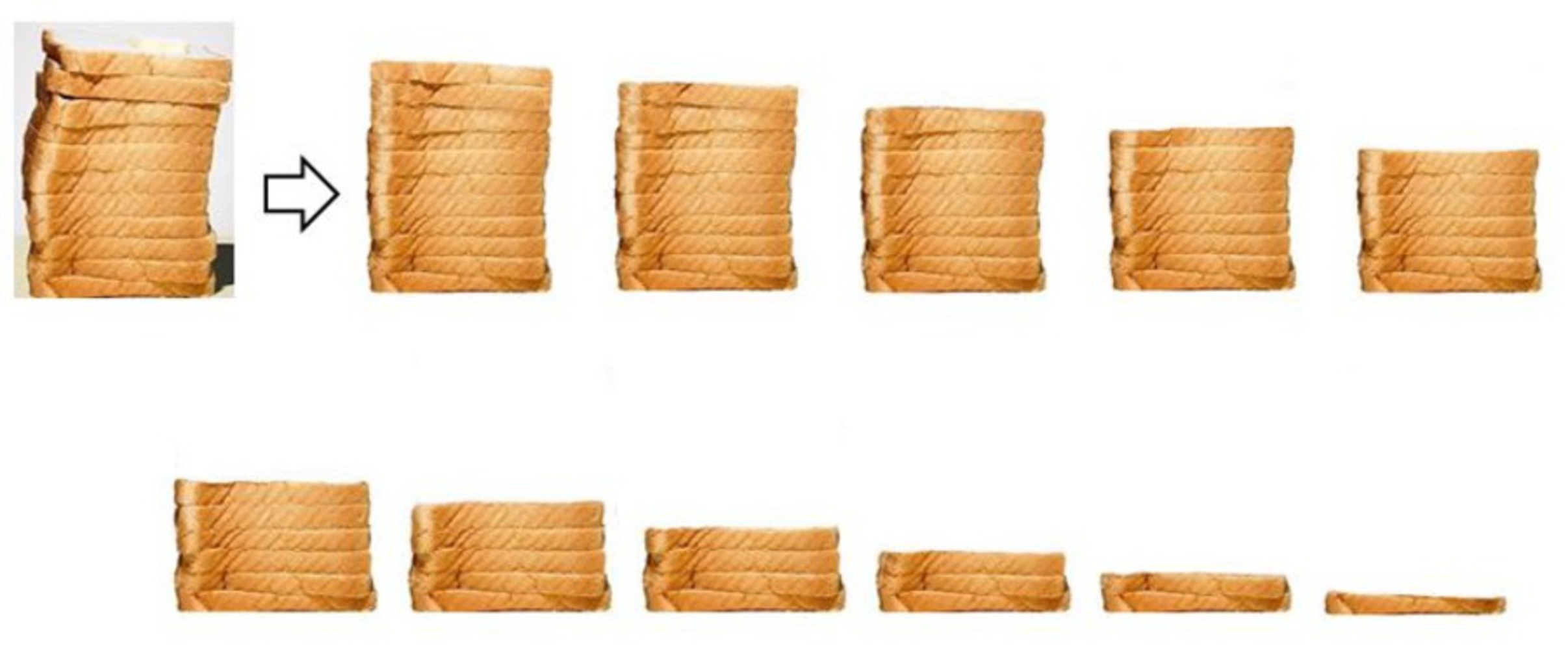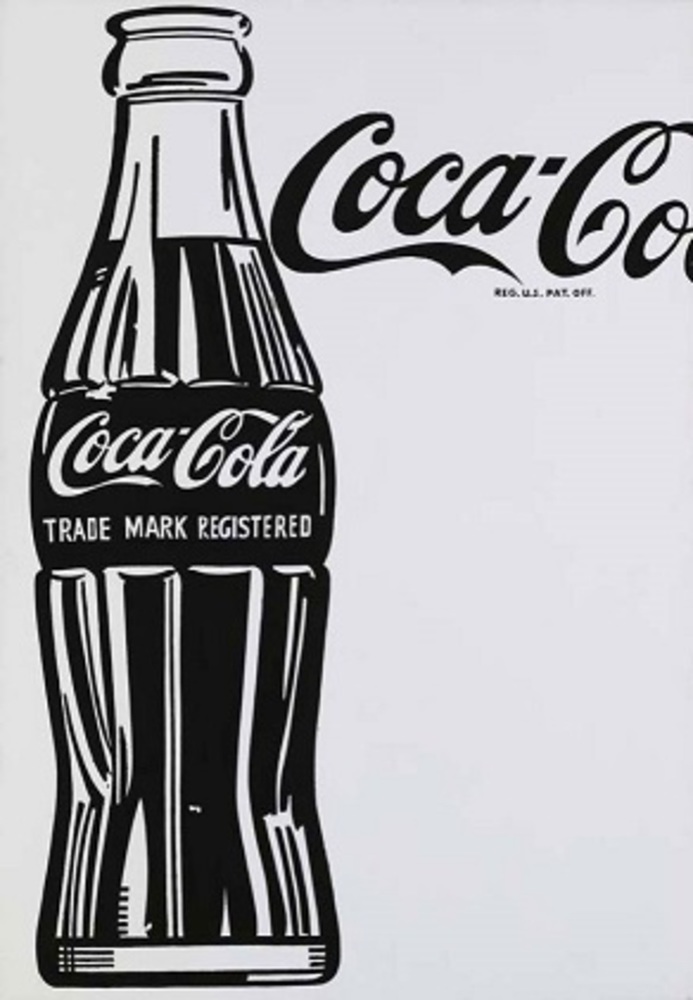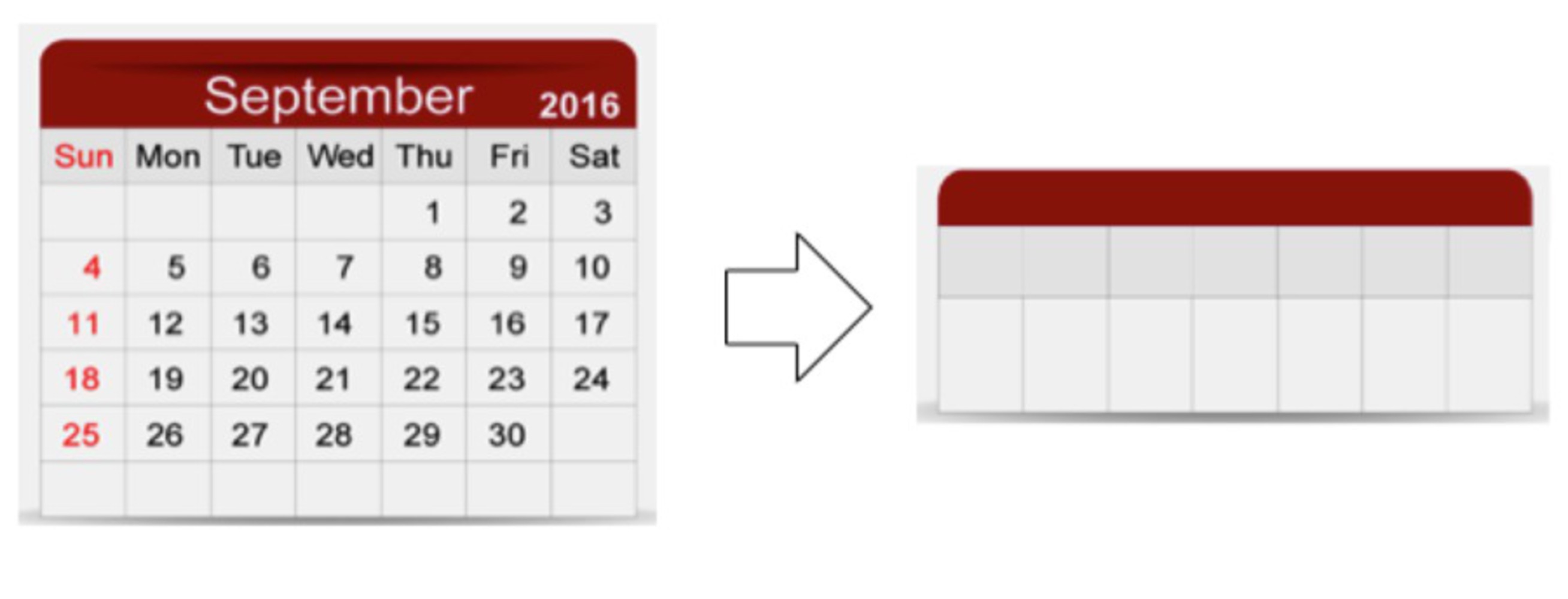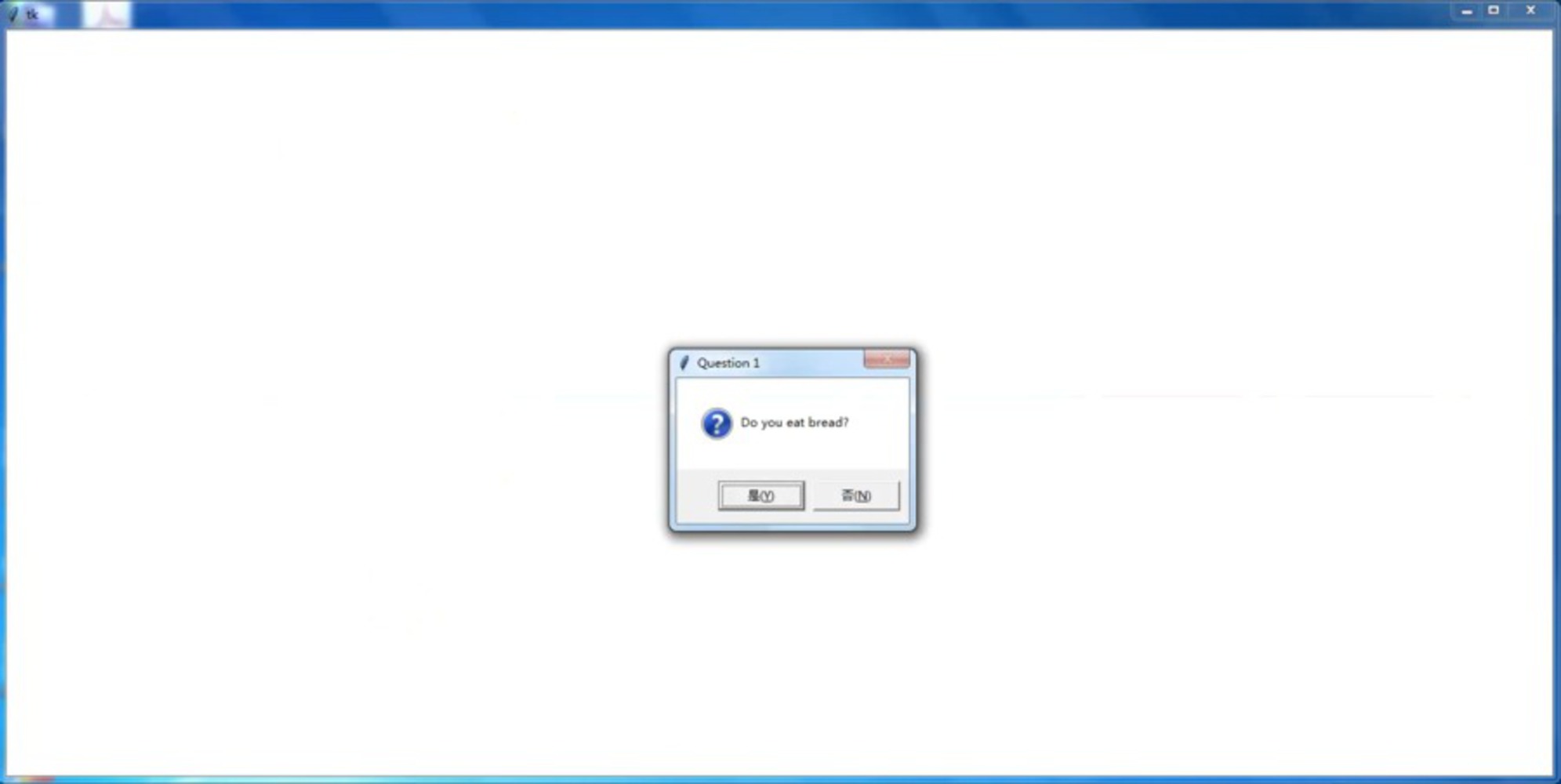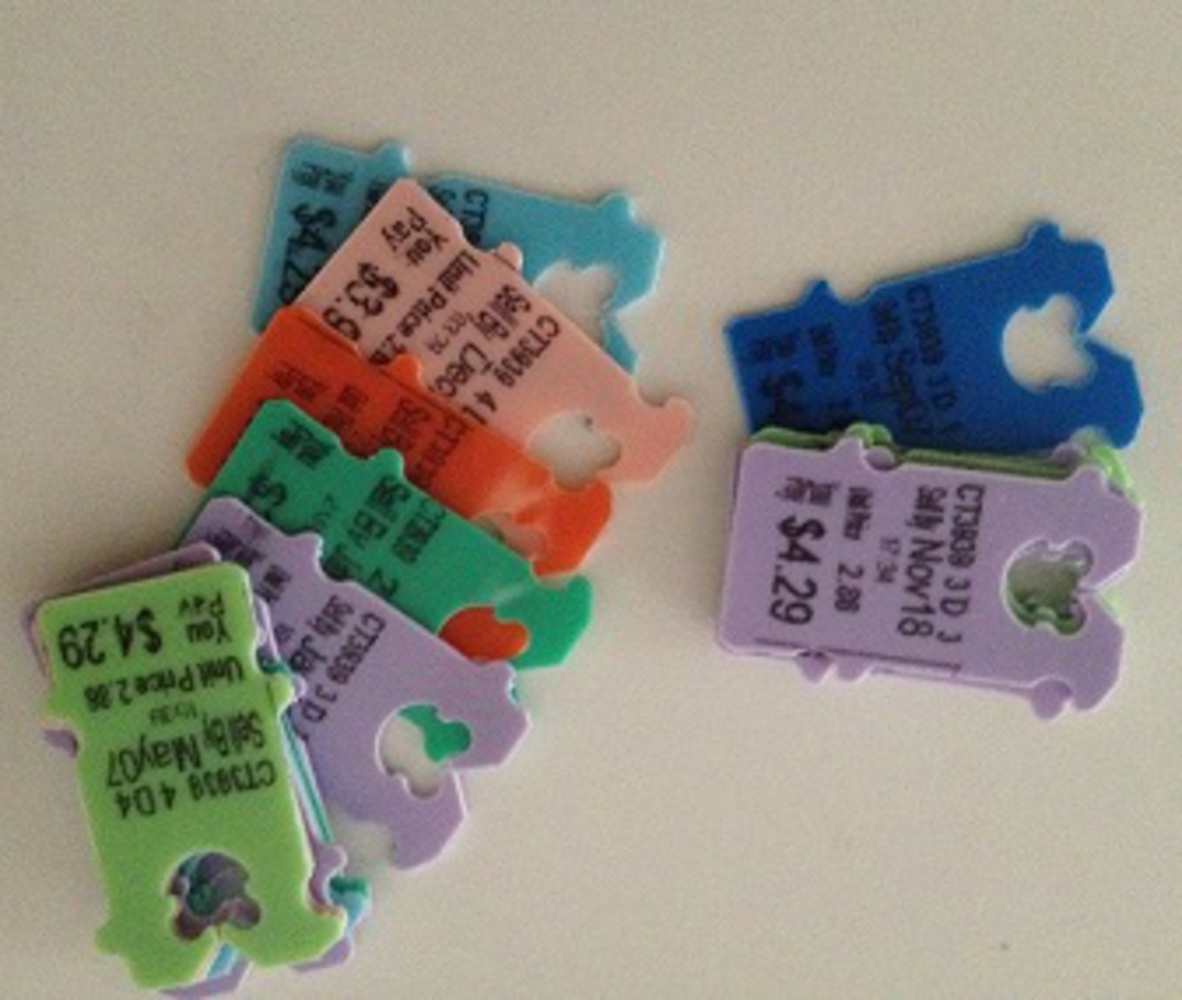Acknowledgement:
Thanks to all the classmates and TAs or those who I didn’t know that came to look at my project. Some said that the bread tag was cute, but most of them, in my opinion, would find the project somewhat quirky or weird…
Thanks to suggestions from:
Almeda that showing the price of bread in different currency would be interesting and including the total amount of money spent would be a good idea.
Ray that maybe I should also provide different versions of the calendar other than bread as he personally prefers cookies :)
Miso that maybe I can set the current relatively “arbitrary” bread (although I actually referred to the Pepperidge Farm Bread when creating the bread tags, there was no obvious indication) to be from a certain brand (for example, Wonder Bread) in response to the particular Campbell Soup that Warhol used.
And especially, great thanks to Professor Byrne and Kevin for providing feedback during the development of this project, which motivated me to push it to the current stage.
